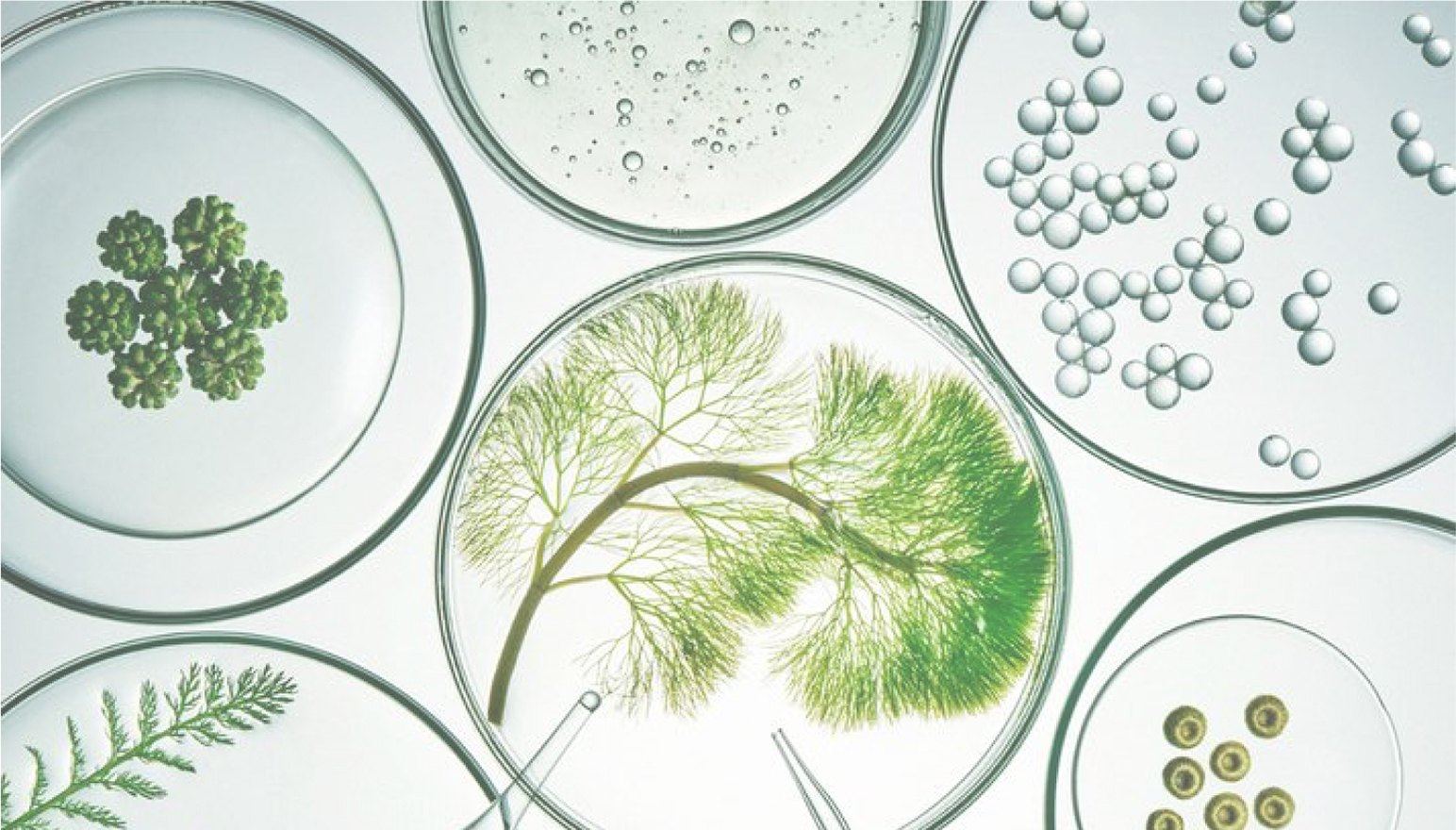Industry Insights

Identification and quantification of methylglyoxal as the dominant antibacterial constituent of mānuka (Leptospermum scoparium) honey from New Zealand.
April 29, 2008
The 1,2-dicarbonyl compounds 3-deoxyglucosulose (3-DG), glyoxal (GO), and methylglyoxal (MGO) were measured as the corresponding quinoxalines after derivatization with orthophenylendiamine using RP-HPLC and UV-detection in commercially available honey samples. Whereas for most of the samples values for 3-DG, MGO, and GO were comparable to previously published data, for six samples of New Zealand mānuka (Leptospermum…
Effect of mānuka honey on eyelid wound healing: a randomized controlled trial.
Juli 29, 2017
To report outcomes of a randomized trial on the role of „active“ mānuka honey on eyelid surgical wound healing. Malhotra, R., Ziahosseini, K., Poitelea, C., Litwin, A., Sagili, S. (2017) Follow link to purchase PDF: https://pubmed.ncbi.nlm.nih.gov/27429228/.
Mānuka honey inhibits the development of Streptococcus pyogenes biofilms and causes reduced expression of two fibronectin binding proteins.
März 29, 2012
Streptococcus pyogenes (group A Streptococcus; GAS) is always of clinical significance in wounds where it can initiate infection, destroy skin grafts and persist as a biofilm. Mānuka honey has broad spectrum antimicrobial activity and its use in the clinical setting is beginning to gain acceptance with the continuing emergence of antibiotic resistance and the inadequacy…
Mānuka honey inhibits adhesion and invasion of medically important wound bacteria in vitro.
Dezember 29, 2013
To characterize the effect of mānuka honey on medically important wound bacteria in vitro, focusing on its antiadhesive properties. Maddocks S. E., Jenkins, R. E. , Rowlands, R. S., Purdy, K. J., Cooper, R. A. (2013) Follow link to purchase PDF: https://pubmed.ncbi.nlm.nih.gov/24266353/
Mānuka honey sinus irrigation of the treatment of chronic rhinosinusitis: a randomized control trial.
Dezember 9, 2016
Mānuka honey (MH) has been shown in vitro to be effective against biofilm-producing bacteria. This study assessed the effectiveness of MH for patients with active chronic rhinosinusitis (CRS) and prior sinus surgery. Lee, V. S., Humphreys I. M., Purcell, P.L., Davis, G. E. (2017) Follow link for full article: https://pubmed.ncbi.nlm.nih.gov/27935259/
Antibacterial honey (Medihoney): in vitro activity against clinical isolates of MRSA, VRE, and other multiresistant gram-negative organisms including Pseudomonas aeruginosa.
März 29, 2007
The media regularly reminds both the public and healthcare professionals of the dangers infection poses to good health, in particular the difficulties in successfully treating infection caused by multiresistant microorganisms. The development of bacterial resistance to antibiotic therapy is understood to be a natural occurrence. The emergence of resistant strains of bacteria and the ensuing…
A review of research into second intention equine wound healing using mānuka honey: current recommendations and future applications.
Dezember 29, 2015
In addition to the generic properties of honey, mānuka honey has a nonperoxide antimicrobial activity largely attributed to methylglyoxal. Commercially, manuka honey is graded against a standard antiseptic, phenol, to provide a measure of antimicrobial activity referred to as the unique manuka factor (UMF). The higher the UMF, the greater the antimicrobial activity. However, more recently,…
The unusual antibacterial activity of medical-grade Leptospermum honey: antibacterial spectrum, resistance and transcriptome analysis.
Juni 10, 2009
There is an urgent need for new, effective agents in topical wound care, and selected honeys show potential in this regard. Using a medical-grade honey, eight species of problematic wound pathogens, including those with high levels of innate or acquired antibiotic resistance, were killed by 4.0-14.8% honey, which is a concentration that can be maintained…


